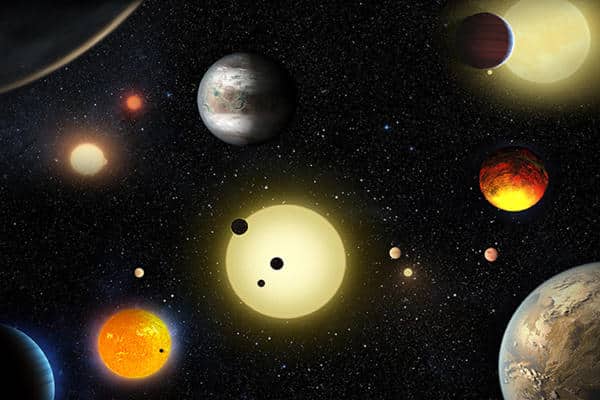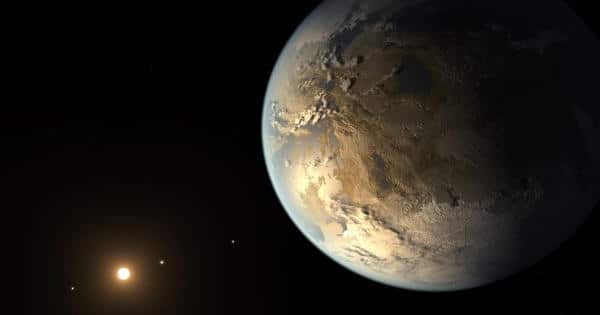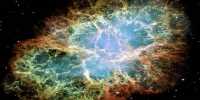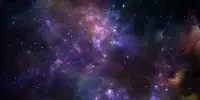Astronomers have confirmed over 4,000 exoplanets (planets orbiting stars other than the sun) and counting, but only a fraction of them have the potential to support life. Now, new research from the University of British Columbia’s Okanagan campus is using the geology of early planet formation to help identify those that may be capable of supporting life.
“Any planet discovery is exciting, but almost everyone wants to know if there are smaller Earth-like planets with iron cores,” says Dr. Brendan Dyck, assistant professor of geology in the Irving K. Barber Faculty of Science and the study’s lead author. “We typically hope to find these planets in the so-called ‘goldilocks’ or habitable zone, which is the distance from their stars that allows liquid water to exist on their surfaces.”
UBCO researcher uses geology to help astronomers find habitable planets. UBCO’s Brendan Dyck is using his geology expertise about planet formation to help identify other planets that might support life.
According to Dr. Dyck, while locating planets in the habitable zone is a great way to sort through the thousands of candidate planets, it’s not quite enough to determine whether a planet is truly habitable. “Just because a rocky planet is capable of supporting liquid water does not imply that it does,” he explains. “Take a look at our very own solar system. Mars is also in the habitable zone, though it once supported liquid water, which has since evaporated.”
That is where geology and the formation of these rocky planets, according to Dr. Dyck, may play a key role in narrowing the search. His findings were recently published in Astrophysical Journal Letters.
“Our findings show that if we know how much iron is present in a planet’s mantle, we can predict how thick its crust will be, and thus whether liquid water and an atmosphere will be present,” he says. “It’s a more precise method of identifying potential new Earth-like worlds than simply based on their position in the habitable zone.”

Dr. Dyck explains that the smaller rocky planets in any given planetary system all have one thing in common: they all have the same proportion of iron as the star they orbit. What distinguishes them, he claims, is how much iron is contained in the mantle versus the core. “As planets form, those with larger cores form thinner crusts, while those with smaller cores form thicker iron-rich crusts, such as Mars.”
The thickness of the planetary crust will then determine whether or not the planet can support plate tectonics, as well as how much water and atmosphere are present, both of which are necessary for life as we know it. “While a planet’s orbit may be within the habitable zone, its early formation history may eventually render it inhabitable,” Dr. Dyck says. “The good news is that with a geological foundation, we can determine whether a planet can support surface water before planning future space missions.”
The James Webb Space Telescope (JWST) will be launched later this year as part of a collaboration between NASA, the Canadian Space Agency, and the European Space Agency. Dr. Dyck describes this as a “golden opportunity” to put his research to use.
“One of the JWST’s goals is to investigate the chemical properties of extra-solar planetary systems,” Dr. Dyck explains. “It will be able to measure the amount of iron present in these alien worlds and give us a good idea of what their surfaces might look like, as well as give us a hint as to whether they’re home to live.”
“We’re on the verge of making huge strides in better understanding the countless planets around us and determining how unique the Earth is if it is unique at all. It may be some time before we know whether any of these strange new worlds harbor new life or even new civilizations, but it’s an exciting time to be a part of that exploration.”
The James Webb Space Telescope (JWST) will be launched later in 2021 as part of a collaboration between NASA, the Canadian Space Agency, and the European Space Agency. This will allow the UBC team to test their geology-based calculations of likely planets.















